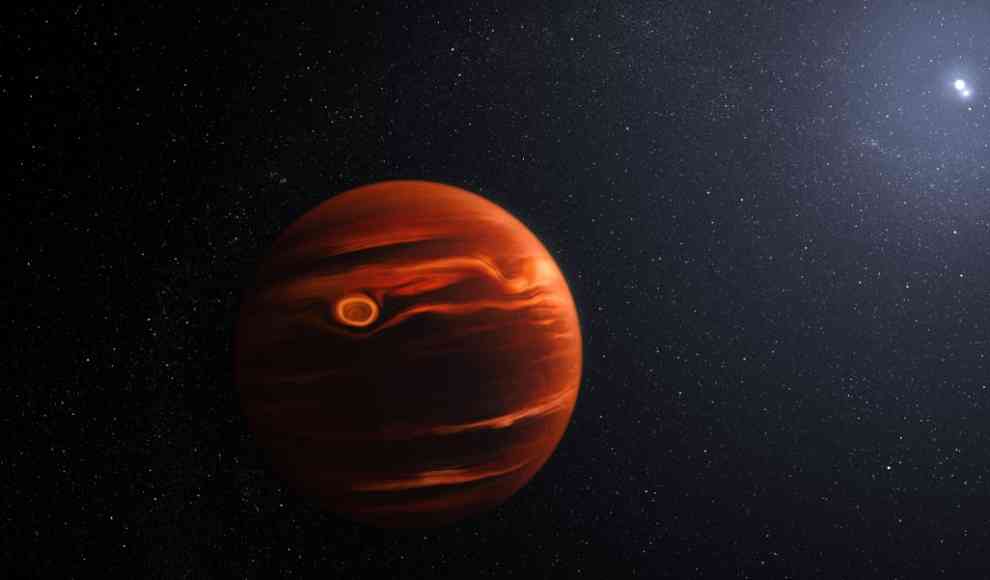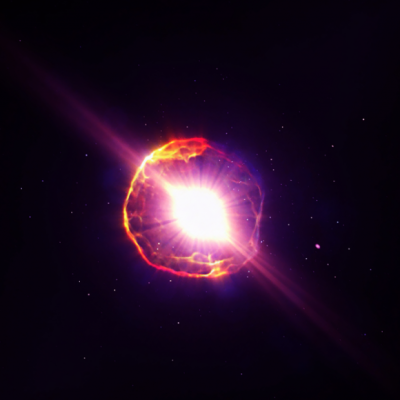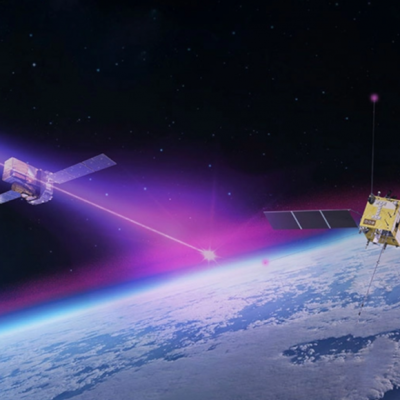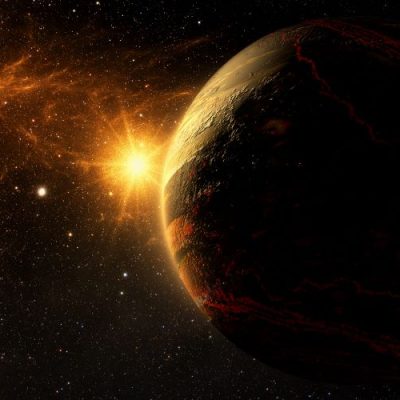A groundbreaking event in the field of astronomy has occurred: the James Webb Telescope has captured an image of a sandstorm outside of our solar system, providing unprecedented insights into the formation of stars and planets. The fascination with the universe has always been unbroken, and as adults, we continue to search for answers by delving deeper into the vastness of space with the help of modern technology. The James Webb Telescope, a joint mission of NASA, the European Space Agency (ESA), and the Canadian Space Agency (CSA), was launched in late 2021 and has since provided countless scientific discoveries.
The high resolution and sensitivity of the James Webb Telescope allow astronomers to gain detailed information about the composition and dynamics of the sandstorm. By analyzing the chemical elements and dust particles present in the storm, scientists can draw conclusions about the processes that lead to the formation of planets and stars. Additionally, by studying the movements and structures within the sandstorm, important insights into the interactions between dust, gas, and gravitational forces can be gained. The discovery of the sandstorm on the exoplanet VHS 1256 b, which is about 40 light-years away from Earth, also has implications for the understanding of astrochemistry.
The groundbreaking discovery of the James Webb Telescope opens up new horizons for science. By further observing sandstorms and other interstellar phenomena, astronomers and researchers can gain deeper insights into the complex nature of the universe. Future missions and instruments will undoubtedly benefit from this discovery by building on the gained knowledge and advancing further into the unexplored universe. The observation of the sandstorm outside of our solar system marks a milestone in the history of astronomy and highlights the enormous potential of the James Webb Telescope. The exploration of the universe and the secrets hidden within it remains a central concern of humanity, and this discovery brings us one step closer to understanding our cosmic neighborhood and the interstellar phenomena surrounding us.







-400x400.jpg)


